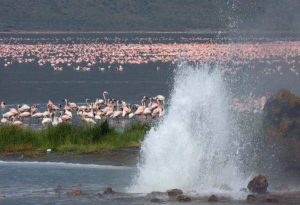Geysers 🢔 Geothermal features 🢔 Geological wonders 🢔 Categories of wonders
Wonder
Loburu Geysers and Hot Springs, Lake Bogoria
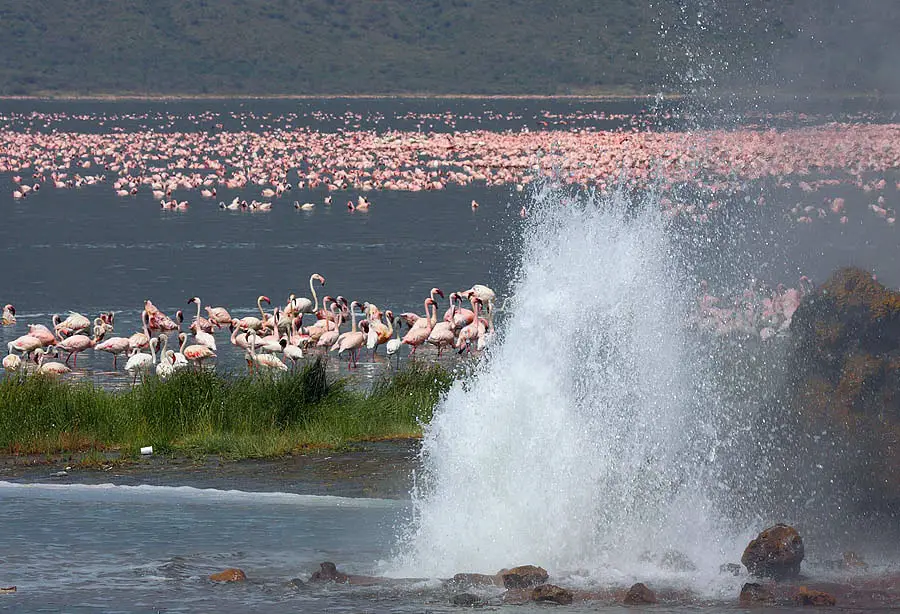
 In short
In short
The best place to see geysers in Africa is Lake Bogoria. In several locations around this lake at one time can be seen more than 10 geysers, but the best known here are Loburu Geysers.
 46.3%
46.3%
GPS coordinates
Map of the site
If you see this after your page is loaded completely, leafletJS files are missing.
 In detail
In detail
Unique lake
Lake Bogoria is one of Rift Valley Lakes. Each of these lakes is unique and Lake Bogoria is not an exception. This lake is alkaline – with a pH of 10.5 at the western bank. Lake water is twice as saline as seawater. Lake gets water only from the hot springs and some perennial rivers and it has no outlet.
As there is no outlet, the level of the lake is regulated just by the rain and heat. This 34 km long lake might rise or fall by 0.15 – 0.3 m in a rather short time.
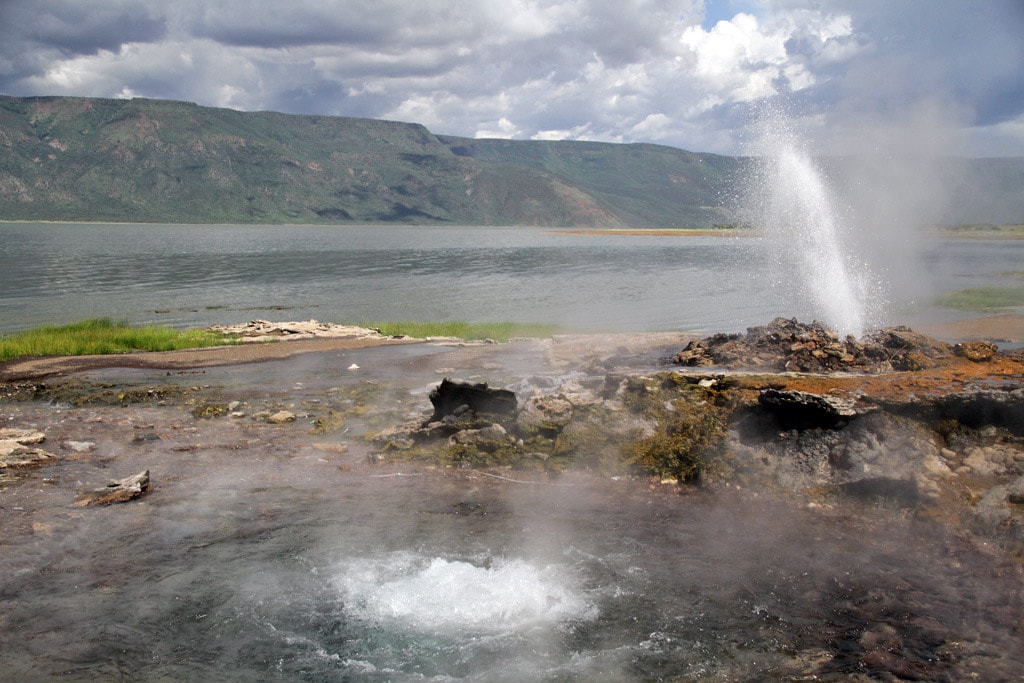
The alkaline, warm lake water is excellent media for cyanobacteria Arthrospira fusiformis and some other microorganisms. These organisms serve as a food for lesser flamingo (Phoeniconaias minor) and some other birds. In the lake live approximately 0.5 million flamingos – the highest density of these birds worldwide and approximately half of world’s population of these beautiful birds. Sometimes the number of the birds increases up to 2 millions.
Hot springs and geysers of Lake Bogoria
As in many other places in the Great Rift Valley, the volcanic heat here is not far away. The ground here is formed by geologically recent volcanic rocks from Miocene – Pleistocene.
Around Lake Bogoria are some 200 hot springs with water temperatures from 39 to 98.5° C. Nearly all these springs are very close to the lake or – even inside the lake.
There are several larger groups of hot springs around Lake Bogoria, four of these groups are known geysers.
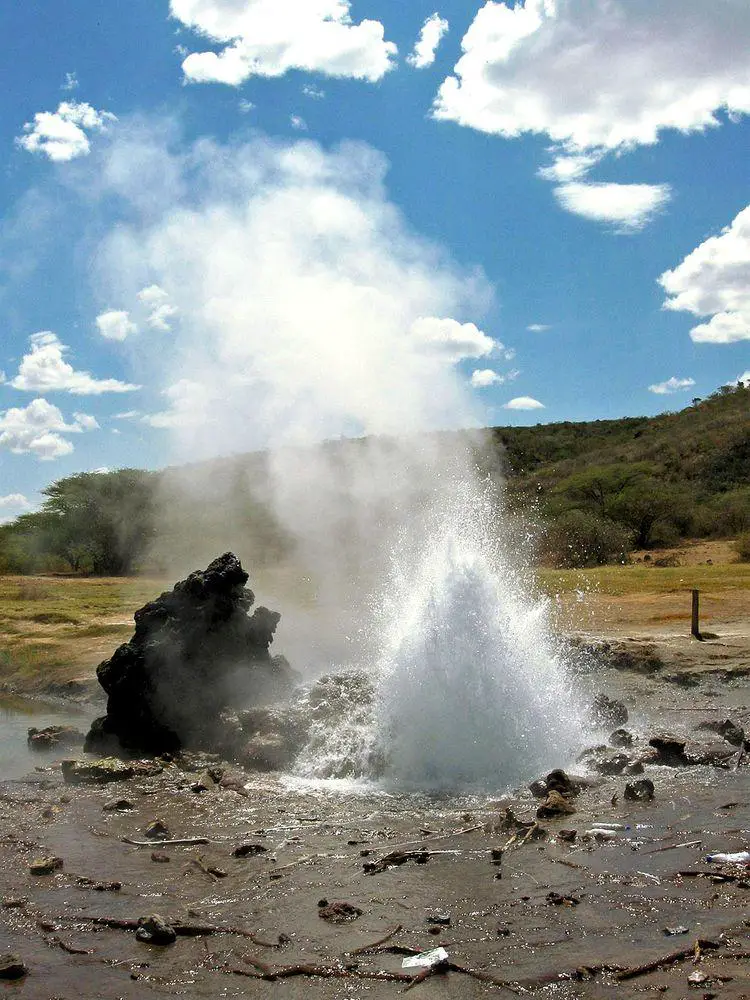
Lake Bogoria hot springs, in general, have a high content of CO2 gas – this is one additional reason for the wild boiling of the springs.
Some 60 hot springs with 6 geysers are located in Loburu. Further south is Chemurkeu group with 40 springs, including 4 geysers. At the south-eastern end are Koibobei springs with at least 3 geysers. At the eastern side are Losaramat springs with 17 springs, 3 geysers among them. Together – at least 16 geysers. Since 1975 here have been registered at least 18 geysers, but several have disappeared now.
All geysers are located very low – almost at the level of the lake or even below it. As the level of the lake changes, some geysers are inundated and stop their activity but some others start to explode. Whole colonies of specific microorganisms are linked to these hot springs and geysers.
Loburu geysers
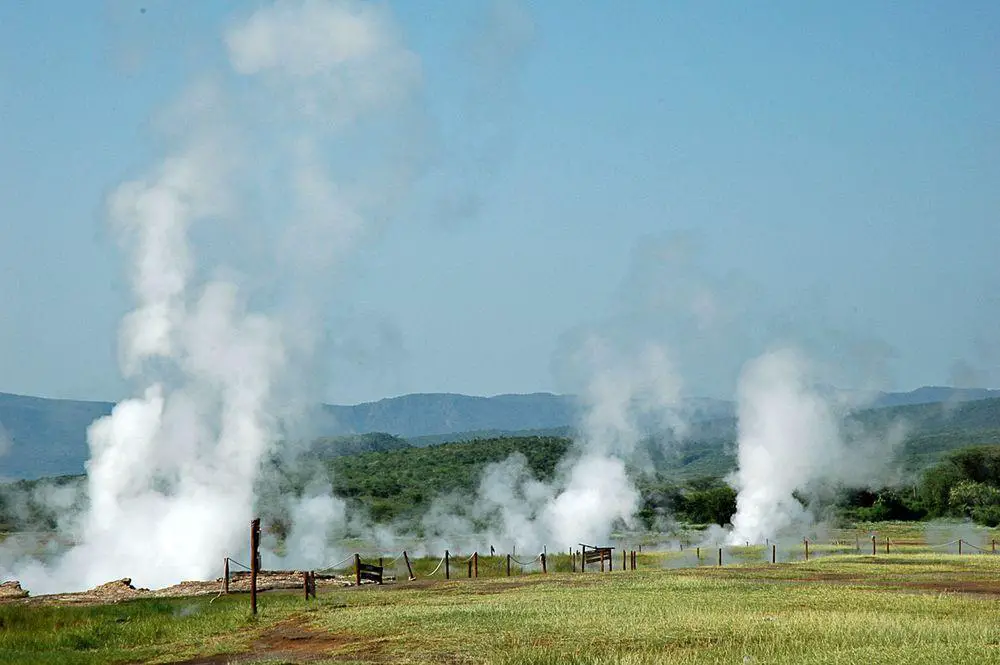
Loburu Hot Springs form the largest geothermal field at Lake Bogoria. Loburu river has formed a small delta at the western bank of lake and part of the hot springs are to the north from river and part – to the south. Springs are powerful, they form short streams. Part of the hot springs have formed small pools, some more than 2 m deep. Some springs instead of pools have formed cones. Just in few places there is observed thin layer of siliceous sinter deposits – an indication of geyser activity in the recent past. Such geysers without siliceous sinter (geyserite) are rare in the world.
In the northern group are some 32 hot springs. 3 of these springs are perpetual spouters (hot springs which shoot water in the air without interruption) but none is geyser. Some 11 springs have travertine deposits around them.
The southern group in August 2007 (1) had some 20 hot springs above the lake level and several more under the lake level. Temperature of springs is between 39 and 98.5 °C. At the northern end of southern group are located six geysers.
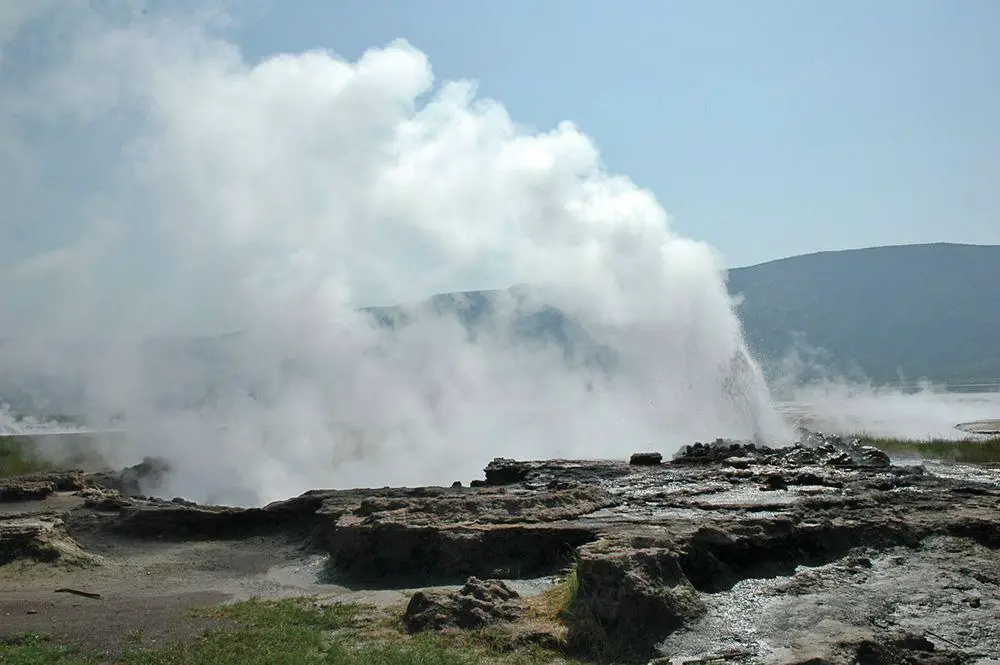
Five geysers belong to the group named KL19 – their vents are close together, some metres apart. One of these geysers in 1995 was up to 3.5 m high, erupting every 5 – 8 minutes, later it became less powerful. Approximately 30 m to the north is geyser KL30. All these geysers are not active at the same time. For example in August 2006 the geyser KL30 erupted at regular 45 minutes interval, reaching 5 m height, but already in 2007 the rising level of lake suppressed its activity.
Geysers are littered with boulders and pieces of wood – local people throw them in the geysers to initiate eruptions.
References
- Robin W. Renaut, R. Bernhart Owen, John K. Ego, Recent changes in geyser activity at Loburu, Lake Bogoria, Kenya Rift Valley. 2008.
Loburu Geysers and Hot Springs are included in the following article:
 Linked articles
Linked articles
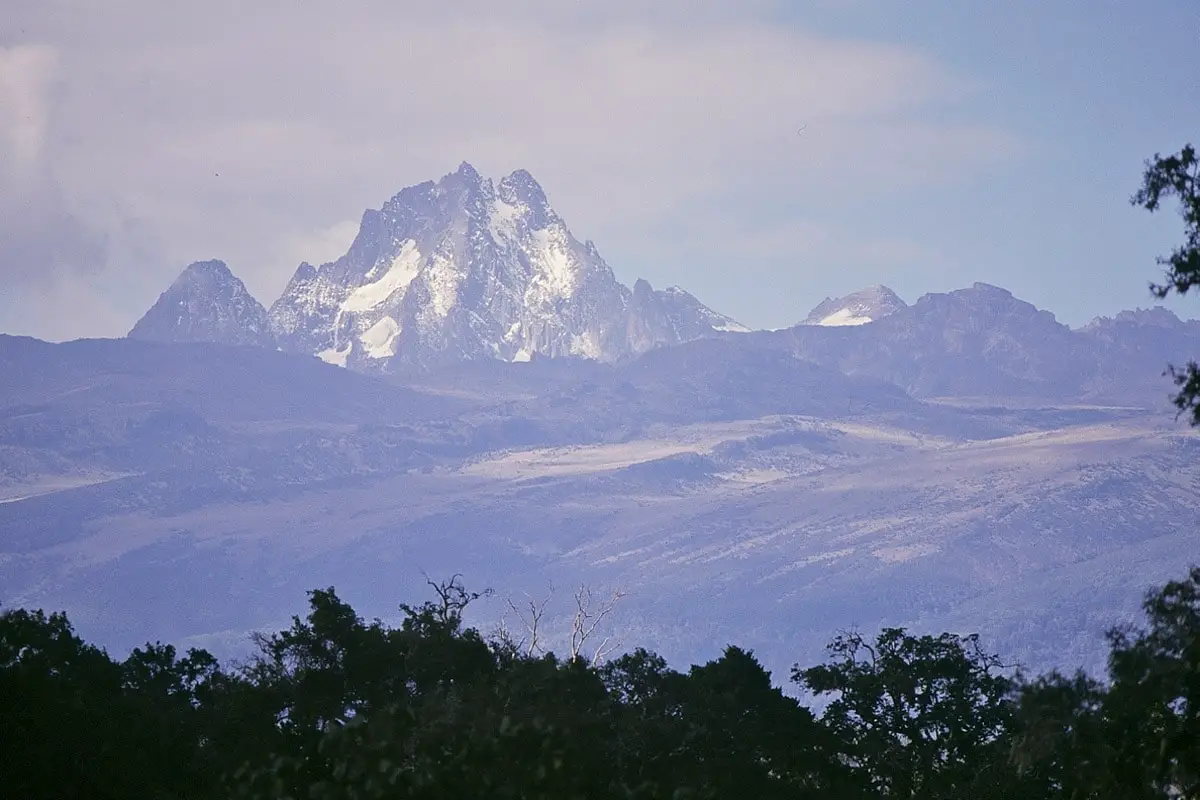
Wonders of Kenya
Kenya has a very diverse natural and cultural heritage with some truly unique monuments. Among the highlights of the country that should be mentioned are remnants of the very first humans, the exciting “islands” of biodiversity – remnants of ancient tropical rainforests on isolated mountain ranges, and the old coastal cities and villages.
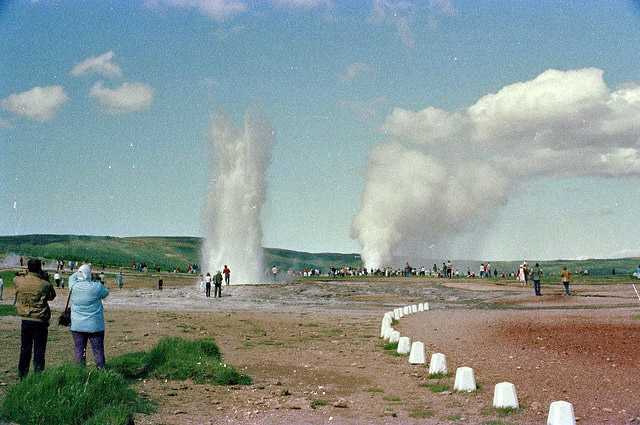
Geysers
Hasty hydrogeologists would say: geysers are thermodynamically and hydrodynamically unstable hot springs. “Normal” people would say – geysers are hot springs that at more or less regular intervals shoot up a fountain of boiling water and steam. Sometimes these fountains are even 100 m tall… or even 450 m!
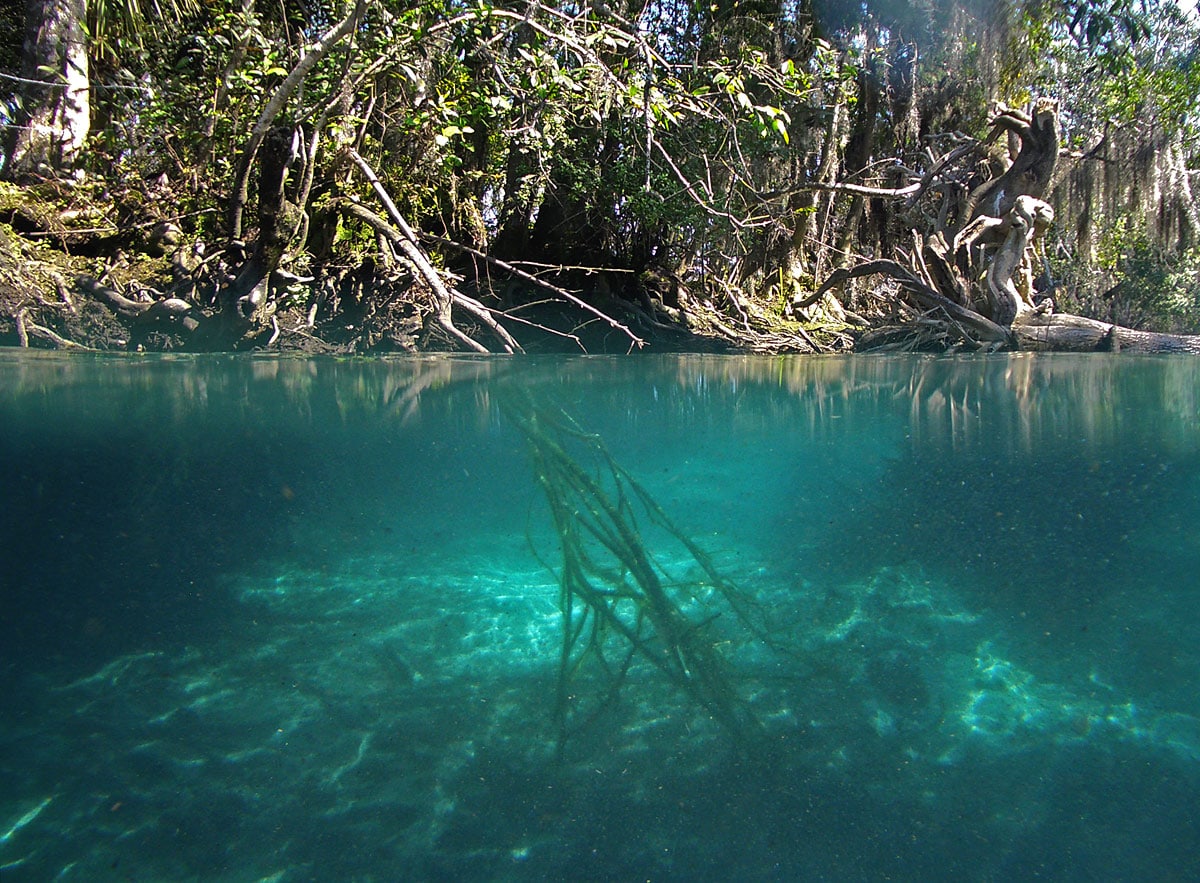
Springs
Powerful natural freshwater springs belong to the most fascinating monuments of nature. Even more exciting is the diversity of unusual springs – mineral springs, hot springs, submarine springs as well as the unusual black smokers. Especially beautiful are such natural rarities as travertine, silica, or salt terraces created by warm and hot springs and, especially, geysers.
 Recommended books
Recommended books
DK Eyewitness Travel Guide: Kenya
DK Eyewitness Travel Guide: Kenya is your in-depth guide to the very best of Kenya. Whether you want to go on a safari adventure and come within feet of this country’s spectacular wildlife in its world-famous national parks, lounge on superb beaches, or experience the lively nightlife and cultural attractions of Nairobi, visiting Kenya is a richly rewarding escape.
Geology of National Parks of Central/Southern Kenya and Northern Tanzania
This book describes the interrelationship between the spectacular geology of an area of East Africa that includes a branch of the rift valley, as well as giant freestanding ice-capped mountains and extraordinarily toxic, alkaline lakes, and some of the greatest concentrations of wildlife on Earth. It suggests that geological processes that have shaped the iconic landforms, including active volcanoes, may also be responsible for the unusually diverse speciation which characterizes the region.

